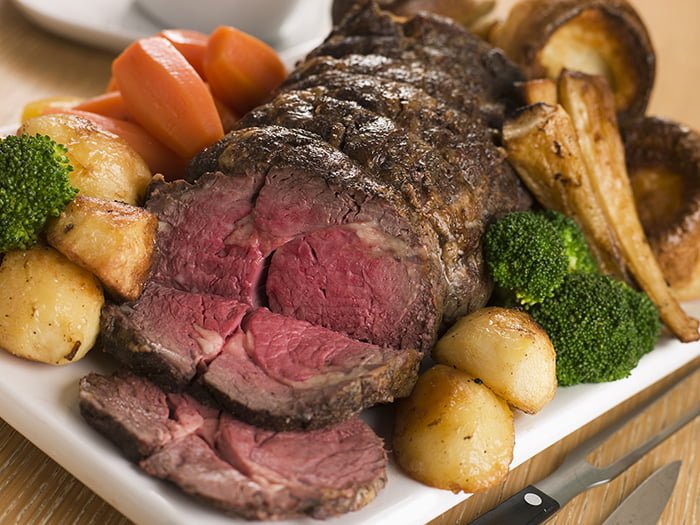Hospitality operators must quickly put the disappointing Budget behind them, as well as accept high prices for some core Christmas products, warns hospitality purchasing specialist Lynx Purchasing.
“The focus now needs to be firmly on working with suppliers to trade through the challenging first few months of 2026,” says Lynx Purchasing managing director Rachel Dobson. “For the most part, hospitality didn’t get the support it was looking for from Rachel Reeves’ Budget. While support on business rates is welcome, the industry had campaigned for broader tax concessions, and also has to factor in a further increase in wage costs.
“Equally, while Christmas is just getting underway for customers, in term of menu planning it’s already in the past. Very high costs for some core menu products, such as turkey and beef as the centrepiece of a Christmas dinner, or the coffee in a festive espresso martini and the chocolate in a Yule log, have severely dented margins.
“The challenge now is for businesses to take whatever profit they can from December trading and make a clear plan for attracting customers during the first three months of 2026. It’s likely to feel like a long haul through to Easter, which is the first weekend in April.”
The warning comes as Lynx Purchasing publishes the Winter 2025 edition of its regular Market Forecast. The report uses exclusive insight supplied by the range of suppliers that Lynx works with, as well as official inflation data, to look at food and drink pricing across the coming months. Areas flagged up in the Winter 2025 Lynx Purchasing Market Forecast include:
- Beef: Lower production in the UK, driven by beef farmers’ concerns about the cost of rearing animals, is keeping beef availability behind market demand. Supplies are tight, and the situation is unlikely to ease for at least the first half of 2026.
- Fish: Supplies of cod and haddock are under severe pressure, with demand significantly ahead of supply, and prices increasing sharply. This situation is expected to continue through the winter. Operators who keep menu descriptions flexible to take advantage of changing availability of a broad range of white fish, such as hake and coley, will be in a stronger position, but prices are expected to be high across the board.
- Veg: Brassicas such as broccoli and cabbage recovered well from the summer heatwave, with quality and availability good and prices stable. Root vegetables such as carrots, parsnips and swedes were more negatively affected, and are generally smaller than usual.
- Coffee and cocoa: Coffee commodity prices have more than doubled since the start of last year, as major producers such as Brazil and Viet Nam struggle with the impact of extreme weather and climate change. With cocoa crops facing similar challenges, the higher prices being asked by suppliers are likely to continue.
Dobson adds: “Operators need to start promoting January menus now. Consumer confidence is likely to remain low in the new year, with any substantial fall in inflation unlikely to have an impact until the Spring at the earliest.
“The good news is that many comforting winter dishes, from stews and pies to sausage & mash, can be made using better value cuts and seasonal produce. As ever, the best advice is to work with suppliers to make the most of produce when it’s at its best in terms of availability, quality and value.”
A FREE copy of the Winter 2025 Lynx Purchasing Market Forecast can be downloaded from the website at www.lynxpurchasing.co.uk. A FREE guide, The Seven Habits of Highly Effective Purchasing Teams, is also available on the site.
